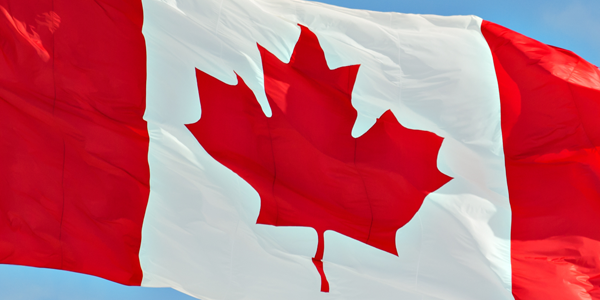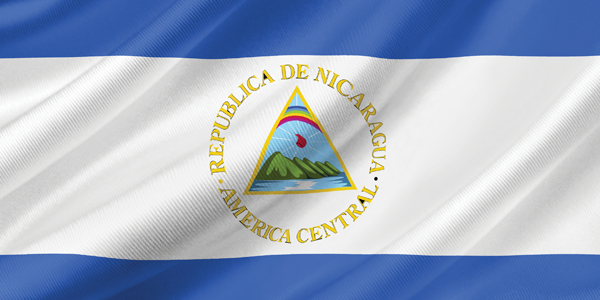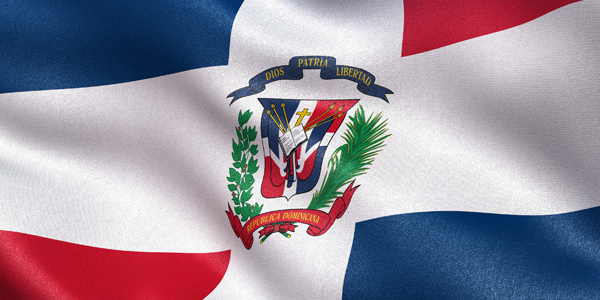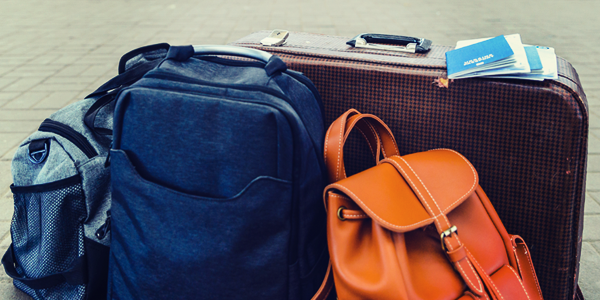Canadian Cigar History & Canadian Made Cigars
For many in the United States, especially those in the northern border states, Canada was the easiest place one could legally obtain and smoke a Cuban cigar. These days, the ability to smoke a cigar, Cuban or otherwise, in any sort of public setting has largely disappeared in Canada. The last time I visited, in Vancouver, I hit a few cigar shops, but no one could tell me a good place to go and smoke a cigar. Not only that, the provincial and federal Canadian taxes on cigars, especially imports, now makes them about as expensive as buying them in London, England. Still, I have fond memories of enjoying cigars with friends in Canada and, it turns out, the country was once home to a booming cigar industry.
Not many cigar-makers remain in Canada, but there are three that I’d like to mention (and as far as I know, that’s all of them). Two of them use imported Cuban tobacco to make cigars.
Canada’s Cigar History
From the late 19th, century and well into the 20th, cigar tobacco was grown in abundance in Canada, and cigars were made and distributed locally as well. Estimates put the number of Canadian cigar manufacturers at more than 40 in the early 1900s. This is in a country with about seven million in population.
An Indigenous Beginning
As we’ve learned, the history of tobacco use in North America dates back to the 10th century. In Canada, the First Nation settlements (what the US calls Native Americans) were cultivating tobacco when the first wave of European settlers arrived in the 15th century.
Smoking Grows
As smoking became more popular around the world, and particularly in Europe in the 1800s, Canada began to plant tobacco seeds imported from Indonesia and the US. Growing tobacco for cigars in Canada, especially in Southwestern Ontario, became an important industry. This area has continued to be Canada’s tobacco belt. By the late 1920s, though, with the arrival of higher quality and more affordable cigars from the US and Cuba, Canada’s tobacco farms couldn’t compete. So, the Canadian industry shifted to growing tobacco for cigarettes. The farms in the tobacco belt had their heyday in the 1950s and 1960s. Since the 1920s, Cuban cigars have dominated the Canadian cigar market.
Tobacco Fades
In the early 2000s, the dominance of tobacco in the Ontario tobacco belt began to diminish. The Ontario government, very anti-smoking like all of Canada’s provincial governments, got a smoking ban passed in 2006. In 2008, the area’s tobacco farmers received buyouts for their crops totaling CAD$300 million. They had to agree to plant anything other than tobacco, moving forward. That left fewer than 1,000 tobacco farmers, most of them small operations.
Embargo on Cuba
The 1962 US embargo on Cuba helped to make Canada a more popular destination for cigar lovers. Remember, before the diaspora of Cuban cigar-makers, there weren’t that many high-quality, non-Cuban cigar brands available. The embargo gave rise to a new, “free world” cigar industry, one that generally bests today’s Cuban cigars in terms of consistency and construction. Of course, tastes, as always, remain subjective.
A Mini-Boom
The larger cigar “boom” of the 1990s in the United States, and in particular the fact that Cuban cigars were essentially “forbidden fruit” in the US, made for a mini-boom of Cuban cigar sales in Canada. I have fond memories of business trips to Toronto and seeking shelter at the La Casa del Habano in the Yorkville neighborhood on snowy days. With Canada’s nationwide ban of smoking in public places, those experiences won’t likely be repeated.
As of this writing, with a worldwide pandemic, it’s unclear how many shops will reopen. The La Casa del Habano in Montreal has permanently closed, the decision being made before Covid-related shutdowns.
Canadians Make Some Cigars
Today, there are not many cigar makers left in Canada. Many of the cigars they make, though not all, use imported Cuban tobacco. Two make them in Canada. Here are the three I referred to earlier. I’m not aware of a cigar with tobacco grown in Canada, much less a “Canadian Puro.”
Dominion Cigars
Dominion Cigars, in British Columbia, in a sort of suburb east of Vancouver, does not sell directly to the public, but distributes throughout Canada. Dominion gets its Black Lotus line made in Honduras, using Honduran and Nicaraguan tobaccos, by the same factory that makes cigars for Rocky Patel and Alec Bradley, among others. The Confederation Robusto is made in the Dominican Republic by the E.P. Carrillo factory, Tabacalera La Alianza. The Confederation boasts its tobaccos have four years of age on them prior to rolling. The wrapper is a Connecticut Broadleaf around an Ecuador Sumatra binder and fillers from Nicaragua. Plasencia makes Dominion’s Flor de Claro line in Nicaragua. The Corona, Robusto/Grande, and Toro use a Connecticut seed wrapper grown in Honduras to encase fillers from all around Nicaragua. The Flor de Claro name dates back to 1887 when the cigar was made in Montreal with tobacco imported from Cuba. Dominion also makes the Venus, Uncle Charlie, and Classic lines.
Correnti Cigar Factory
Walk along downtown Toronto’s King Street corridor of shops in the city’s Chinatown and right there, under a leather shop sign, is the entrance to a bit of Toronto tobacco history. F. Correnti Cigars began doing business in Toronto more than 100 years ago, according to the Tax Archives in Canada’s National Library. It was a factory that “started under V. Fernandez/Lopez in 1903.” The second floor store shows off some of the relics of the business, including a century-old tobacco mold press among the rolling desks. The website claims that this is also Toronto’s oldest cigar shop. Today, the business is owned by the Miller family.
Correnti uses imported Cuban tobacco to make its cigars and the company makes quite a few different vitolas. The Panetelas, 4.75 x 38, sell for CAD$12.65 and the Presidente, 9 x 48, goes for a hefty CAD$63.40, about US$50.31 as of this writing.
House of Horvath
Cathy O’Shea’s family has been in the cigar-making biz since 1932. Her grandfather started the Ontario Tobacco Company and created a mechanical process to place a plastic tip on a cigar. O’Shea says, “From there, the market grew and changed.” Gramps sold the company in 1969.
Today, O’Shea is president of the House of Horvath (HOH), which her father opened in 1977, as the website explains, “with the proposition of offering the best quality to price ratio in the business.”
HOH is a distributor, but makes some of its own cigars in its Toronto facility. The process is “machine-assisted,” the company says. HOH’s main brand is called Bandi, which the company calls a Cuban claro made with imported Cuban tobaccos, a practice that dates back more than three decades.
“Only 2 countries carried that distinction and only a very few companies were allowed to produce a clear Havana,” explains Colm O’Shea, the company’s executive VP. “House of Horvath, through its smooth contact with our tobacco brokers and producers have kept this tradition on for 35 years and counting.”







